3 minutes
The difficult stage of software selection for SMEs: Between rigor and preconceived expectations
Choosing software for an SME is a delicate exercise, combining operational needs, budgetary constraints, and strategic expectations. However, after a rigorous solution preselection process, it's not uncommon for decisions to be influenced by preconceived expectations. A solution that's too complex, a budget deemed excessive, or even the absence of a key player... These reactions reveal a common trend: some companies already have a software solution in mind and wait for the process to confirm their choice.
Preconceived expectations that bias the decision
This phenomenon is based on several cognitive biases:
- Confirmation bias: A previously known solution is often perceived as the best option, to the detriment of other alternatives.
- The anchoring effect: An initial reference (price, peer recommendation) can influence the perception of other options.
- The illusion of familiarity: Software that is well-known in a given industry may seem like an obvious choice, without considering its actual suitability for specific needs.
These biases can lead to rejecting a relevant solution or insisting on an option that turns out to be unsuitable in practice, thus delaying the project or causing unnecessary costs.
An objective approach for a better decision
To ensure the right choice, it is essential to adopt an approach based on factual criteria and aligned with the real needs of the business:
- Analysis of key experiences: Identify user expectations (customers, employees, partners) to ensure the tool's adoption and effectiveness.
- Critical Process Mapping: Understanding workflows to ensure the software effectively supports the business.
- Feature and Objective Grid: Evaluate each solution based on priority needs and expected gains.
- Demonstration and validation: Test solutions in real conditions to refine the final choice.
The objective is to overcome initial prejudices and ensure a choice based on objective criteria, in order to optimize the investment and guarantee a sustainable and effective solution.
Written in 2025



